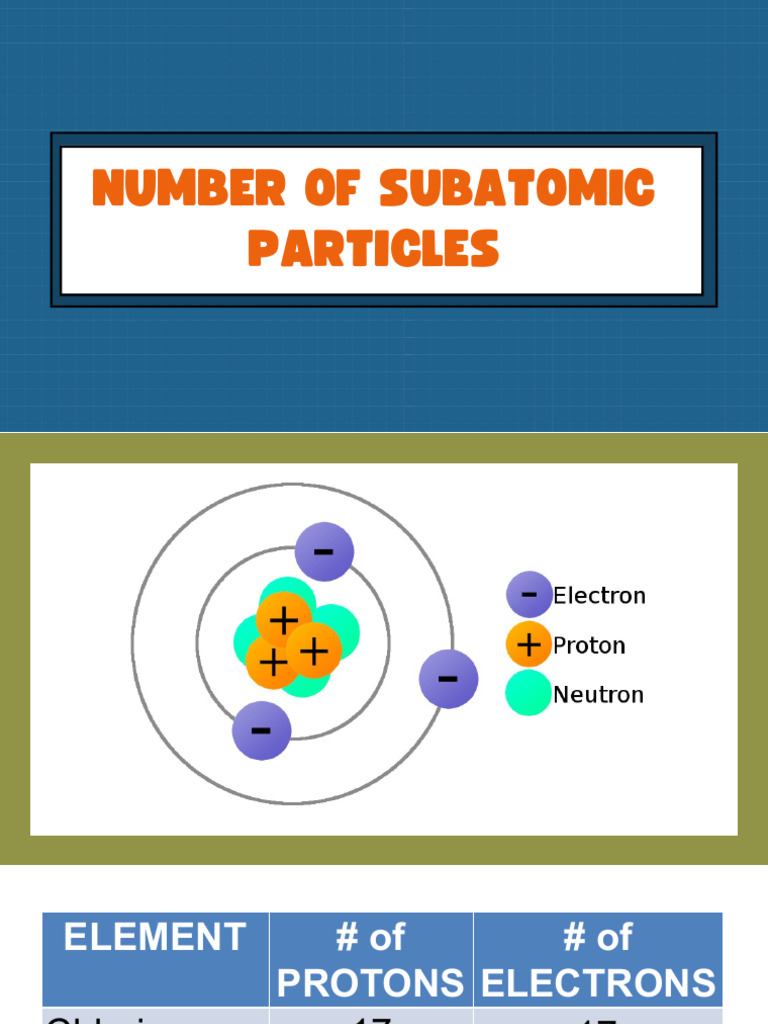Subatomic particles, the fundamental constituents of matter, elicit profound curiosity due to their elusive nature and the intricate behaviors that govern their interactions. While common observations reveal a world structured by atoms, the underlying framework is dominated by interactions at the subatomic level. Understanding how these particles are measured opens a window to exploring their properties and the forces that bind them. This article delineates the various methodologies deployed in the measurement of subatomic particles, elucidating the principles at work and the instruments employed.
The quest for precise measurements of subatomic particles hinges on the principles of quantum mechanics. At this scale, traditional methods of measurement encounter considerable limitations, compelling physicists to develop innovative techniques. The inherent uncertainty principle, described by Werner Heisenberg, signifies that one cannot simultaneously know the exact position and momentum of a particle. Such constraints necessitate alternative approaches to measurement.
One primary method of measurement is particle scattering, an experimental technique wherein particles are directed towards a target and the deflection of those particles is analyzed. By observing the patterns of scattered particles when directed at a nucleus, physicists infer key characteristics such as size, shape, and internal structure. This approach has been instrumental in unveiling the existence of quarks and gluons within protons and neutrons, providing invaluable insight into the strong force that holds atomic nuclei together.
Another profound technique is the use of particle accelerators, colossal machines that propel charged particles to relativistic speeds before colliding them with one another or with target materials. The resulting events produce a multitude of secondary particles, which can be detected and analyzed. Essential to this process is the construction of detectors like the Time Projection Chamber (TPC) or the liquid argon detector, which capture the trajectories of charged particles in a visual format. By measuring the energy, momentum, and charge of the resulting particles, physicists reconstruct the events leading to the measurements of the subatomic particles involved.
Mass measurement, a critical component in the characterization of subatomic particles, relies extensively on techniques like the use of mass spectrometry in conjunction with electromagnetic fields. Here, charged particles are subjected to a magnetic field, which affects their trajectory based on their mass-to-charge ratio. Such measurements allow scientists to ascertain the masses of particles with remarkable precision, facilitating comparisons across different particle families, such as baryons and mesons.
A noteworthy advancement in subatomic measurement is the field of quantum state tomography. This technique encompasses the complete characterization of quantum states by employing a series of measurements that scrutinize the correlations between subatomic particles. Such comprehensive measurement allows scientists to reconstruct the quantum state, thus providing a roadmap to understanding entanglement and superposition, pivotal phenomena in quantum mechanics that underlie many aspects of particle interactions.
In addition to these methods, neutrino detection illustrates another dimension of subatomic measurement. Neutrinos, notoriously elusive due to their weak interactions, necessitate sensitive detection methods. Large detectors, such as ice-based or water-based Cherenkov detectors, exploit the minuscule electromagnetic signals produced by high-energy neutrinos interacting with the medium. The analysis of these interactions yields insights into neutrino properties, allowing for the exploration of phenomena such as neutrino oscillations, which challenge standard models of particle physics.
Moreover, the implications of measurements extend beyond the immediate realm of particle physics into broader cosmological contexts. The measurement of cosmic rays, high-energy particles originating from astrophysical phenomena, provides crucial insights into the universe’s origins. By categorizing these particles, scientists can unravel the processes that produced them, thereby enhancing the understanding of cosmic events and the evolution of the universe itself.
Furthermore, the evolution of technology and methodologies continues to augment the precision of subatomic measurements. The advent of high-energy laser systems, photonic detectors, and advanced computational techniques has transformed the landscape of particle detection. Machine learning algorithms now play a crucial role in sifting through vast amounts of data generated by particle collisions, enhancing the reliability of findings and potentially leading to the discovery of new particles or interactions that were previously overlooked.
Despite the complexity and challenges inherent in measuring subatomic particles, the persistence of physicists in refining these techniques opens new avenues for discovery. Every measurement carries with it the potential for profound implications, leading to nuanced theories of the universe’s fundamental workings. As our ability to measure and understand these minuscule constituents of matter advances, so too does our understanding of the cosmos itself.
In conclusion, the multifaceted approaches to measuring subatomic particles not only reveal the intricate structure of matter but also invite deeper philosophical reflections on the nature of reality. As we uncover the secrets hidden beneath the veil of the observable universe, our fascination with these particles is rekindled. The quest for knowledge in this domain is relentless, and each measurement opens the door to further inquiry, inviting a future brimming with enigma and wonder.












